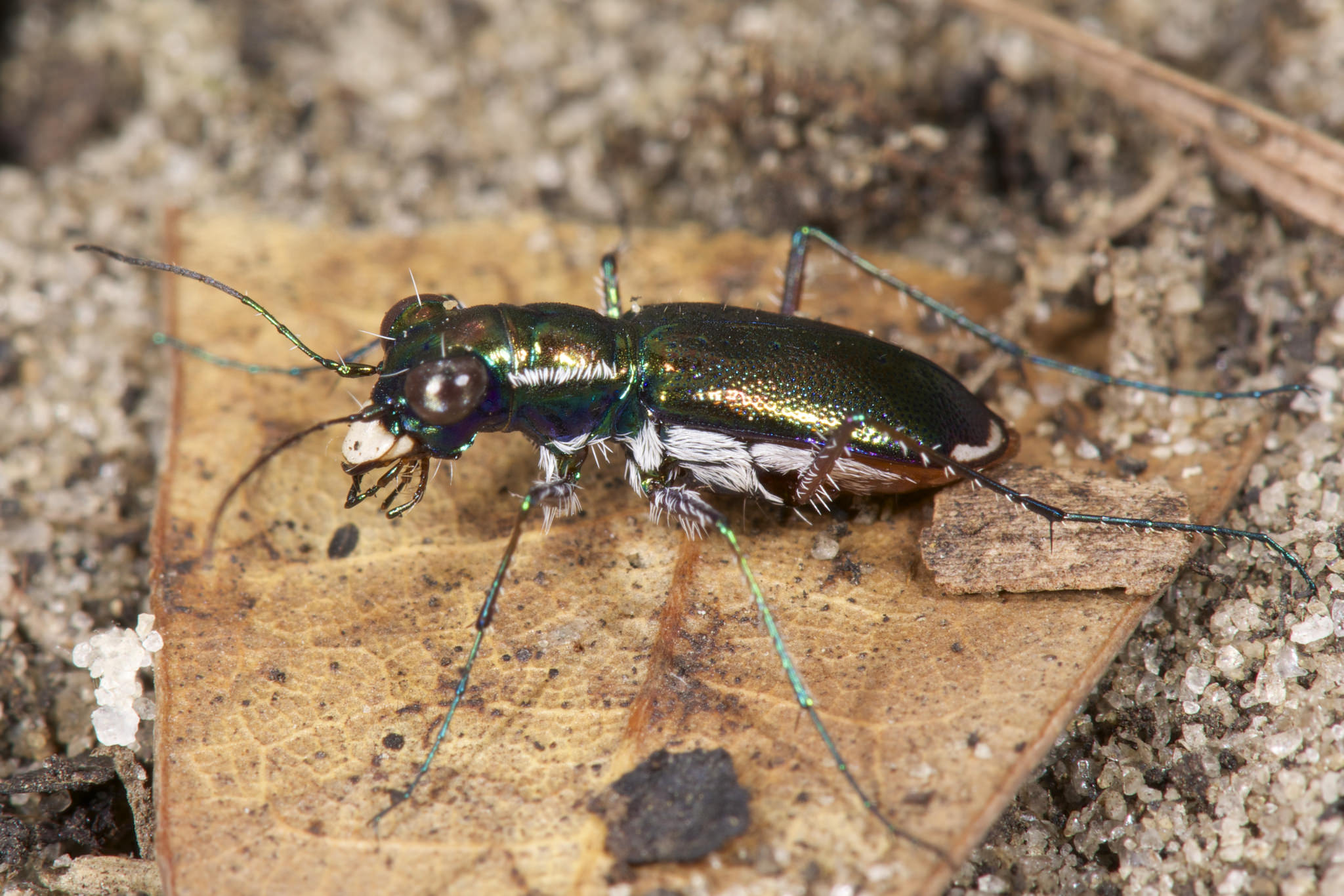- Two beetle species found only in the U.S — the Stephan’s riffle beetle and the Tatum Cave beetle — are now officially extinct, the U.S. Fish and Wildlife Service announced on October 5.
- The delay in listing these beetles for protection under the Endangered Species Act may have contributed to their extinction, according to the Center for Biological Diversity (CBD).
- The Miami tiger beetle from Florida has now been listed as “endangered” under the ESA, following a petition for its listing by CBD and other conservation groups.
Two beetle species found only in the U.S — the Stephan’s riffle beetle and the Tatum Cave beetle — are now officially extinct, the U.S. Fish and Wildlife Service announced on October 5.
The beetles had been first identified as candidates for the Endangered Species List more than two decades ago, but failed to receive federal protection. This delay in listing of the beetles may have contributed to their extinction, according to the Center for Biological Diversity (CBD).
In fact, according to a study published in August, the average processing time for listing species under the ESA is 12 years, six times that of the mandated timeline. Such delays in granting protection can sometimes prove fatal for species that are already on the brink of extinction, the study warned. And this may have been the case for the Stephan’s riffle beetle and the Tatum Cave beetle.
“I’m deeply saddened by the loss of these two beetles, which we can never get back,” Michael Robinson of CBD said in a statement. “The extinction of species, tiny and tremendous alike, leaves us all a little poorer, whether we recognize the losses or not.””

The Stephan’s riffle beetle (Heterelmis stephani) was first designated as a candidate for the Endangered Species List in May 1984. Historically, it has been known to occur in shallow springs and streams in Santa Cruz and Pima Counties, Arizona. But the beetle has not been collected or documented since 1993, despite the US FWS’s surveys at numerous potential habitats of the beetle, according to the agency.
Similarly, the Tatum Cave beetle (Pseudanophthalmus parvus), historically known only from the state of Kentucky, was identified as a candidate for protection under the Endangered Species Act (ESA) in 1994. Once abundant, this beetle has not been spotted since 1965, despite repeated surveys by the US FWS.
Based on the findings of their surveys, the agency has concluded that both species are now extinct and the beetles have been removed from their candidate status. However, the US FWS acknowledged that the two species may still be around and may not have been spotted yet. If individuals of these species are discovered in the future, their legal status under the ESA will be reevaluated, the agency said.
The Miami tiger beetle (Cicindela floridana), for example, was believed to be extinct for about six decades until a small population of the beetle was rediscovered in 2007 near Miami Zoo. The beetle is currently known to survive in two very small populations in Miami’s disappearing pine rocklands. In a bit of good news, the rare beetle from Florida has now been listed as “endangered” under the ESA, following a petition for its listing by CBD and other conservation groups.
“Only two small populations of the rare Miami tiger beetle still survive in its pine rockland habitat,” Cindy Dohner, the Service’s Southeast Regional Director, said in a statement. “We are listing the beetle to ensure its continued survival and conserve its shrinking habitat. All information available to us when we proposed the tiger beetle for listing was carefully considered. We are working closely with prospective developers and key stakeholders in Miami-Dade County to ensure that the Miami tiger beetle is considered in development or management plans.”
